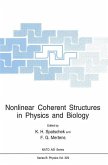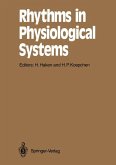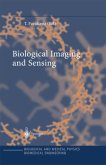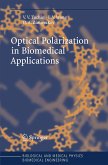This book is more than a standard proceedings volume, although it is an almost direct result of the workshop on "Nonlinear Analysis of Physiologi cal Time Series" held in Freital near Dresden, Germany, in October 1995. The idea of the meeting was, as for previous meetings devoted to related topics, such as the conference on dynamical diseases held near Montreal in February 1994 (see CHAOS Vol. 5(1), 1995), to bring together experts on the techniques of nonlinear analysis and the theory of chaos and applicants from the most fascinating field where such methods could potentially be useful: the life sciences. The former group consisted mainly of physicists and mathe maticians, the latter was represented by physiologists and medical researchers and practitioners. Many aspects of this workshop were unusual and not previously expe rienced. Also, the hosting institution, the Max Planck Institute for Physics of Complex Systems (MPIPKS), at this time was brand new. The organiz ers' ratherunconventional intention was to bring specialists of both groups together to really work together. Therefore, there was an excessive availabil ity of computers and the possibility to numerically study time series data sets practitioners had supplied from their own fields, e. g. electrocardiogram (ECG) data, electroencephalogram (EEG) data, data from the respiratory system, from human voice, human posture control, and several others. These data formed a much stronger link between theoreticians and applicants than any of the common ideas.








